Big data is enormous and complex data that cannot be handled by using outdated data processing methods. Big Data requires a set of tools and techniques for analysis to gain insights from it. The number of big data tools are available in the market such as Hadoop which helps in storing and processing enormous data, Spark helps in-memory calculation, Storm helps in faster processing of boundless data, Apache Cassandra offers high availability and scalability of a database, MongoDB offers cross-platform capabilities, so there are different functions of every Big Data tool.
In the world of Big Data, what is going to help you glitter like a Diamond?
The answer is the exceptional set of Big Data tools.
Evaluating and processing Big Data is no simple task. Big Data is one big problem and to deal with it you need a set of great big data tools that will not only solve this problem but also help you in producing generous results.
This tutorial gives a better understanding of the Top Big Data Tools available in the market.
What are the best Big Data Tools?
Below are the list of top 10 big data tools
- Apache Hadoop
- Apache Spark
- Flink
- Apache Storm
- Apache Cassandra
- MongoDB
- Kafka
- Tableau
- RapidMiner
- R Programming
Big Data is an important part of almost every organization these days and to get substantial results through Big Data Analytics a set of tools is needed at each phase of data processing and analysis. There are a small number of factors to be considered while picking the set of tools i.e., the size of the datasets, pricing of the tool, kind of analysis to be done, and many more.
With the huge growth of Big Data, the market is also filled with its various tools. These tools used in big data help in bringing out better cost efficiency and thus increases the speed of analysis.
Let’s discuss these big data tools in detail
1. Apache Hadoop
Apache Hadoop is one of the most widely used tools in the Big Data industry. It is an open-source framework from Apache and runs on service hardware. Hadoop is used to store process and evaluate Big Data. Hadoop is written in Java. Apache Hadoop enables parallel processing of data as it works on multiple machines concurrently. Hadoop uses clustered architecture. A cluster is a group of systems that are connected via LAN.
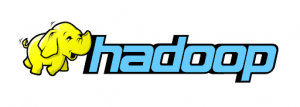
Hadoop comprises of 3 parts
- Hadoop Distributed File System (HDFS).
- MapReduce.
- YARN.
The below picture will help you to understand the Hadoop architecture easily
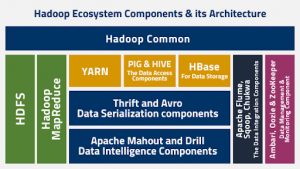
Even though Hadoop has more advantages, it comes with some disadvantages also. Here are some disadvantages of Hadoop:
- Hadoop does not support real-time processing. It only supports batch processing.
- Hadoop cannot do in-memory calculations.
2. Apache Spark
Apache Spark is believed as the successor of Hadoop as it conquers the drawbacks of it. Apache Spark, not like Hadoop, supports both real-time as well as batch processing. Apache Spark is a general-purpose clustering system. Spark also supports in-memory calculations, which makes it 100 times faster than Hadoop. This is made possible by reducing the number of reading/write operations into the disk. Spark offers more flexibility and versatility as compared to Hadoop since it works with different data stores such as HDFS, OpenStack, and Apache Cassandra.
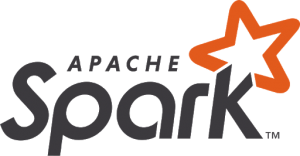
Apache Spark offers high-level APIs in Java, Python, Scala, and R Programming. Apache Spark offers a significant set of high-level tools including Spark SQL for structured data processing, MLlib for machine learning, GraphX for graph data set processing, and Spark Streaming. Apache Spark also consists of 80 high-level operators for efficient query execution.
3. Apache Storm
Apache Storm is an open-source big data tool, distributed real-time and fault-tolerant processing system. Storm capably processes boundless streams of data. By boundless streams, we refer to the data that is always growing and has a beginning but no defined end. The biggest advantage of Apache Storm is that it can be used with any of the programming languages and it further supports JSON based protocols. The processing speed of Storm is very high. It is easily scalable and also fault-tolerant. It is much easier to use.
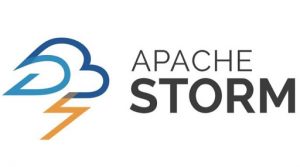
In contrast, it ensures the processing of each data set. Apache Storm’s processing speed is rapid and a standard observed was as high as a million tuples processed per second on each node.
4. Apache Cassandra
Apache Cassandra is a distributed database that provides high availability and scalability without conceding performance efficiency. Apache Cassandra is one of the best big data tools that can hold all types of data sets namely structured, semi-structured, and unstructured. Cassandra is the perfect platform for mission-critical data with no single point of failure and provides fault tolerance on both service hardware and cloud infrastructure.
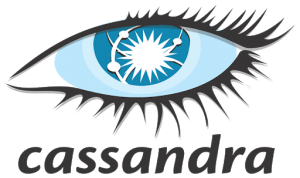
Apache Cassandra works quite powerfully under heavy loads. Cassandra does not follow master-slave architecture so all nodes have the same role. C The ACID (Atomicity, Consistency, Isolation, and Durability) properties are supported by Apache Cassandra.
5. MongoDB
MongoDB is an open-source data analytics tool, NoSQL database that provides cross-platform abilities. MongoDB is perfect for the business that needs fast-moving and real-time data for taking decisions. MongoDB is very good for those who want data-driven solutions. MongoDB is user-friendly as it offers easier installation and maintenance. MongoDB is trustworthy as well as cost-effective.

MongoDB is written in C, C++, and JavaScript. MongoDB is one of the most widespread databases for Big Data as it simplifies the management of unstructured data or the data that changes regularly.
It uses dynamic schemas. Thus, you can prepare data quickly. This allows in reducing the overall cost. MongoDB executes on MEAN software stack, NET applications and, Java platform. MongoDB is also variable in cloud infrastructure.
But a certain downfall in the processing speed has been noticed for some use-cases.
6. Apache Flink
Apache Flink is an Open-source data analytics tool distributed processing framework for bounded and unbounded data streams. Apache Flink is written in Java and Scala. Flink provides highly accurate results even for late-arriving data. Apache Flink is a stateful and fault-tolerant i.e. it can recover from faults easily. Apache Flink provides high-performance productivity at a large scale, performing on thousands of nodes. Flink gives a low-latency, high throughput streaming engine and supports event time and state management.
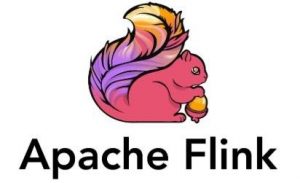
7. Kafka
Kafka is an open-source platform that was created by LinkedIn in the year 2011.
It is a distributed event processing or streaming platform which provides high output to the systems. Apache Kafka is capable enough to handle trillions of events a day. Kafka is a streaming platform that is highly accessible and also provides great fault tolerance.
The streaming process includes publishing and subscribing to streams of records alike to the messaging systems, storing these records durably, and then processing these records. These records are stored in groups called topics.
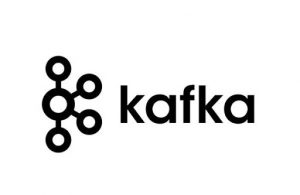
Apache Kafka offers high-speed streaming and guarantees zero downtime.
8. Tableau
Tableau is one of the best data visualization and software solution tools in the Business Intelligence industry. A tableau is a tool that unleashes the power of your data. It turns your raw data into valuable insights and enhancing the decision-making process of the businesses. It offers a rapid data analysis process and resulted in visualizations are in the form of interactive dashboards and worksheets.
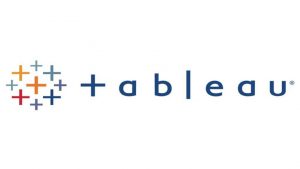
Tableau works in synchronization with other Big Data tools such as Hadoop.
It offers the abilities of data blending which are best in the market. Tableau provides an efficient real-time analysis. Tableau is not only bound to the technology industry but is a crucial part of some other industries as well. This software doesn’t require any technical or programming skills to operate.
9. RapidMiner
RapidMiner is a cross-platform tool that provides a strong environment for Data Science, Machine Learning, and Data Analytics procedures. RapidMiner is a unified platform for the complete Data Science lifecycle starting from data preparation to machine learning to predictive model deployment. RapidMiner offers various licenses for small, medium, and large proprietary editions. It also offers a free edition that permits only 1 logical processor and up to 10,000 data rows.
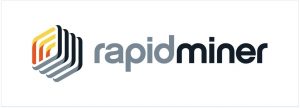
RapidMiner is an open-source tool that is written in java. RapidMiner offers high productivity even when integrated with APIs and cloud services. RapidMiner provides some robust Data Science tools and algorithms.
10. R Programming
R is an open-source programming language and is one of the most inclusive statistical analysis languages. R is a multi-paradigm programming language that offers a dynamic development environment. As it is an open-source project and thousands of people have contributed to the development of the R.
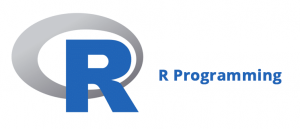
R programming is written in C and Fortran. R programming is one of the most widely used statistical analysis tools as it provides a huge package ecosystem. R programming facilitates the efficient performance of different statistical operations and helps in generating the results of data analysis in graphical as well as text format. The graphics and charting benefits it provides are unmatchable.
Conclusion
These big data tool not only helps you in storing large data but also helps in processing the stored data in a faster way and provides you better results and new ideas for the growth of your business.
There are a huge number of Big Data tools available in the market. You just need to choose the right tool according to the requirements of your project.
Keep in mind, “If you pick the right tool and use it properly, you will create something remarkable; If used improperly, it makes chaos .”
So make the right choice and prosper into the world of Big Data. We are always here for your help.
